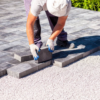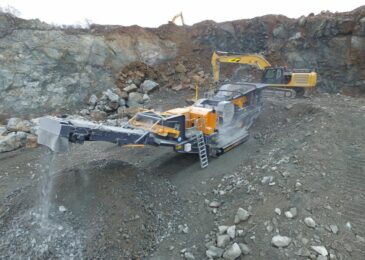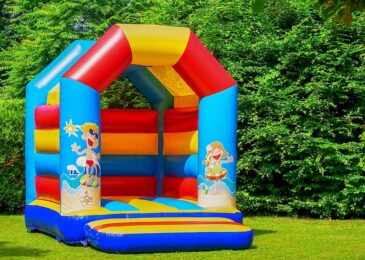
As the season’s change and rain become more frequent, protecting your driveway from water damage is increasingly important. Once a car leaves your garage and enters the driveway, there’s little protection from the elements. Even if you park under a canopy or a carport, water can seep into any cracks and cause permanent stains, bubbling paint, or even mould. The same can be said for driveways that are exposed to snowmelt in the spring or heavy rains during high-water alerts.
Thankfully, there are several ways to protect your driveway against water damage without breaking the bank in maintenance costs. From sealing cracked concrete to installing road bollards, here are some simple steps you can take right now to protect your driveway this spring.
Repair Cracks
Cracks in your driveway are an obvious source of water damage. If you have small cracks that only travel across a few tiles, you can use a concrete crack repair or sealer to fill them in. These products are easy to use and come in a liquid form that dries quickly, but it’s best to do this during dry weather. For larger cracks, you’ll need to fill them in with a concrete patch. These can be messy and time-consuming to apply, but they’re the best long-term solution to cracks in the driveway.
Seal The Surface
A driveway sealer is a great way to completely protect your driveway from water penetration and other damage. Most driveway sealers are a mixture of asphalt and solvents, and they’re available in a variety of formulas, including clear, coloured, and flexible. Depending on your concrete, you may want to go with a coloured sealer so that the surface doesn’t look too dull. The great thing about driveway sealers is that they seal the surface without the need to remove the concrete or apply a coating.
Installation Of Road Bollards
Bollards are short posts that provide guidance, access control, positioning, lighting, or security. Many types of bollards serve these different functions. The most common use of road bollards in single-family homes is as a driveway barrier. These are especially popular in narrow streets, where non-residents sometimes park in front of the garage.
A set of collapsible driveway bollards keeps the entrance to the garage clear. Multi-family apartments with parking spaces also install parking bollards. A lockable entry post prevents the reserved parking space from being mistaken for visitor parking. Permanent Road bollards are designed for long-term use and are often embedded directly into the ground for permanent protection. However, some may want the same level of security that permanent bollards provide, but on a more temporary basis. These property owners are more likely to use removable or collapsible posts. Removable bollards can create a smooth, level surface safe to drive over when not in use.
Install Drainage Tiles
If you have a high-traffic driveway, installing drainage tiles can help to redirect water flow away from your driveway. While you can add drainage tiles to a driveway that’s already in use, you may want to consider building a new driveway from scratch. This way, you can incorporate the drainage tiles right into the design.
Protecting your driveway from water damage doesn’t have to be a hassle. With the tips in this article, you can protect your driveway from water damage and extend the life of your concrete. If you follow these tips and upkeep your driveway, it can last for decades to come. With the right maintenance and protection, you can extend the life of your concrete.





